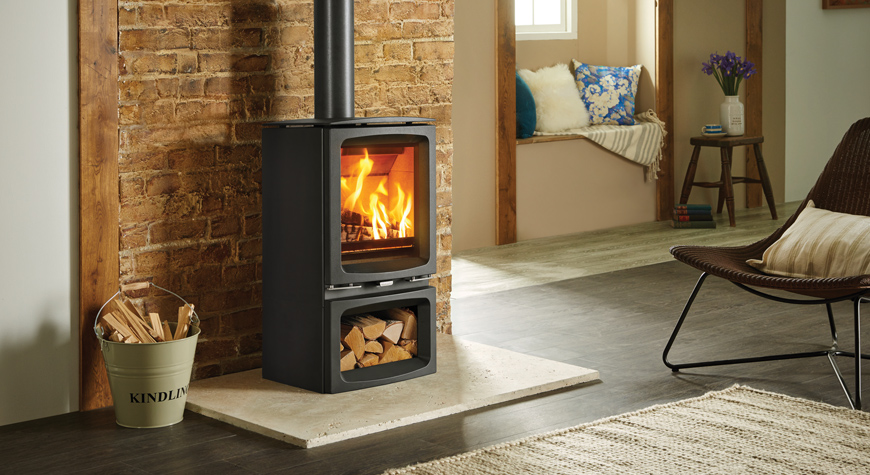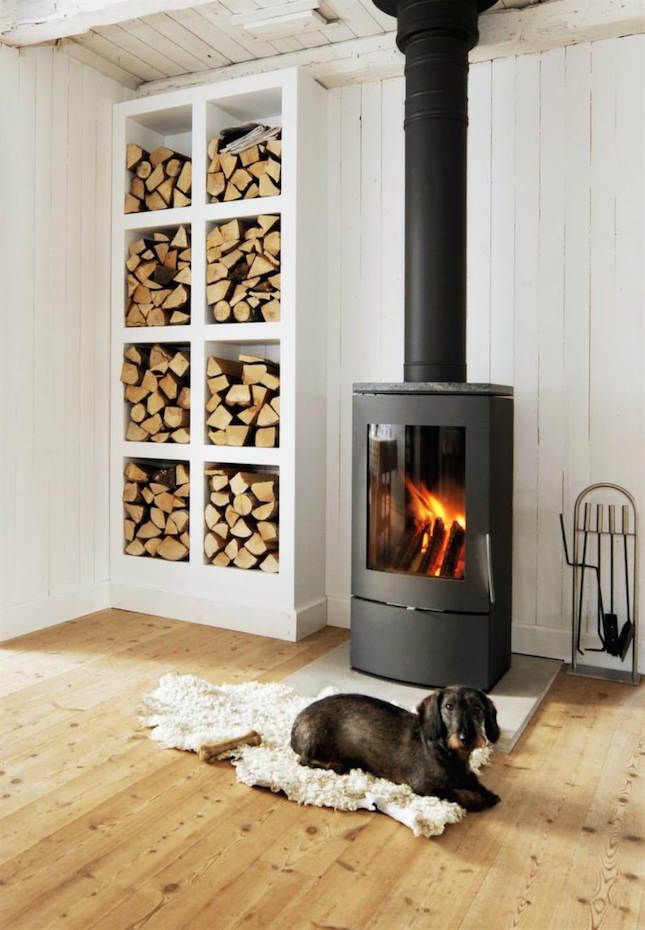There is no doubt that when looking at the cost of wood-burning stoves and traditional gas/electric heating systems, wood-burning stoves win hands down. A number of research programmes have shown that at worst the burning of wood is carbon neutral with trees absorbing as much carbon dioxide in their lifetime as they emit when burnt. Again, this is a worst-case scenario and simply replacing a mature tree ready to be converted into fuel with a sapling will continue the carbon neutral cycle.
Cost savings
It is fair to say that stove cost and installation fees can be significant depending upon the type of system you are looking to purchase. In many ways the cost tends to be upfront top-heavy with very little in the way of maintenance required once your stove is installed. Even though the cost of gas and electric continues to rise, you can work on a minimum average saving of £300 a year against the cost of wood for the average household with a wood-burning stove. In reality it is probably significantly more than this but will depend upon gas and electricity prices and how much you use your stove.

Future taxation
We already know that the so-called “green revolution” adds hundreds of pounds to the average gas and electricity bill in the UK. Various governments have over the years signed up to green energy targets which rather bizarrely always seem to hit consumers and businesses in the pocket. Those who believe that the additional taxation charges to fund the “green revolution” are coming to an end may need to think again!
When you bear in mind that the London authorities were even considering a partial ban on certain types of wood-burning stove, this says everything. There is no comparison between the impact on the environment between wood-burning stoves and gas/electric heating systems. We all know the damage power stations do to the environment so if the authorities were willing to even consider a partial ban or additional taxes on wood burning stoves, what might they do to gas and electricity charges going forward?

Cost savings set to grow
There is no doubt that the potential cost savings between fuel for wood-burning stoves and the cost of gas/electric heating systems will grow. We have already experienced the phenomenon which sees gas and electric prices increase year-on-year. We know that stoves are becoming more efficient and DEFRA approval is now been sought for new models coming to the market. As a consequence, it seems obvious that the long-term cost of gas and electric will grow; further investment in green energy sources will be required, although the government will find it extremely difficult to tax wood-burning stoves (and other efficient fuels).
Conclusion
Many people are put off by the relatively high upfront cost of purchasing and installing a wood-burning or multifuel stove. However, the range of stoves now available will satisfy any budget and in the longer term there are significant annual savings. We have relatively cheap stoves such as the Firefox and Tiger, which abide fully with UK standards, or the more expensive contemporary stoves available today. While the cost of living continues to grow year by year, any increase in the cost of stoves, installation and fuel will be relatively insignificant compared to the expected increase in the cost of gas and electricity. Even a relatively modest £300 saving per annum would see the overall cost of purchase and installation of a stove pay for itself within 10 years. If the potential savings were increased to for example £500 per annum then the payback period would fall dramatically. Watch out for the government increasing taxes on non-environmentally friendly energy sources!

